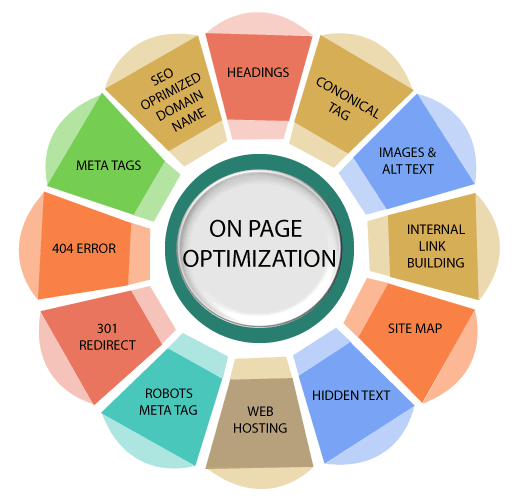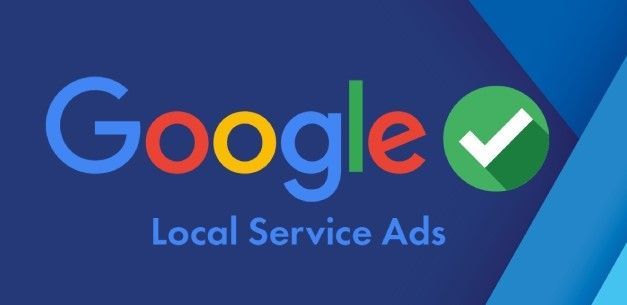On-page optimization refers to the practice of optimizing individual web pages to improve their visibility and relevance for search engines. It involves making strategic changes to various elements on a webpage to enhance its performance in organic search results.
Here are some key aspects of on-page optimization:
Keyword optimization: Incorporate relevant keywords into your webpage's title tag, headings, meta description, URL, and throughout the content. Ensure that the keywords are used naturally and do not compromise the readability or user experience.
Title tag: The title tag is an HTML element that specifies the title of a webpage. It appears as the clickable headline in search engine results. Make sure your title tag accurately represents the content and includes the primary keyword. Keep it concise, compelling, and within the recommended length (around 50-60 characters).
Meta description: The meta description is a brief summary of a webpage that appears below the title tag in search results. While it doesn't directly impact rankings, it can influence click-through rates. Write an engaging meta description that includes relevant keywords and entices users to click on your link. Keep it within the recommended length (around 150-160 characters).
URL structure: Use clean and descriptive URLs that include relevant keywords. A clear URL structure helps search engines understand the content hierarchy of your website and improves user experience.
Headings and subheadings: Use headings (H1, H2, H3, etc.) to structure your content. Include the primary keyword in the main heading (H1) and incorporate related keywords in subheadings. This helps both users and search engines to understand the organization of your content.
Content optimization: Create high-quality, informative, and engaging content that satisfies the search intent of your target audience. Incorporate relevant keywords naturally throughout the content. Aim for a good balance between keyword optimization and readability.
Internal linking: Include internal links within your content to connect relevant pages on your website. This helps search engines discover and crawl your web pages more effectively, and it also improves the user experience by providing additional resources and navigation options.
Image optimization: Optimize images by using descriptive file names and alt tags. This helps search engines understand the content of the images and can also improve your chances of appearing in image search results.
Mobile optimization: Ensure that your webpage is mobile-friendly and responsive. With the increasing use of mobile devices for internet browsing, it is crucial to provide a seamless user experience across different screen sizes.
Page loading speed: Optimize your webpage's loading speed by minimizing file sizes, enabling caching, and using efficient coding practices. A faster-loading webpage improves user experience and can positively impact your search engine rankings.
Remember, on-page optimization is not a one-time task. Regularly review and update your content, keywords, and other on-page elements to adapt to changing search trends and user preferences. Additionally, focus on creating valuable and user-centric content that addresses the needs and interests of your target audience.








